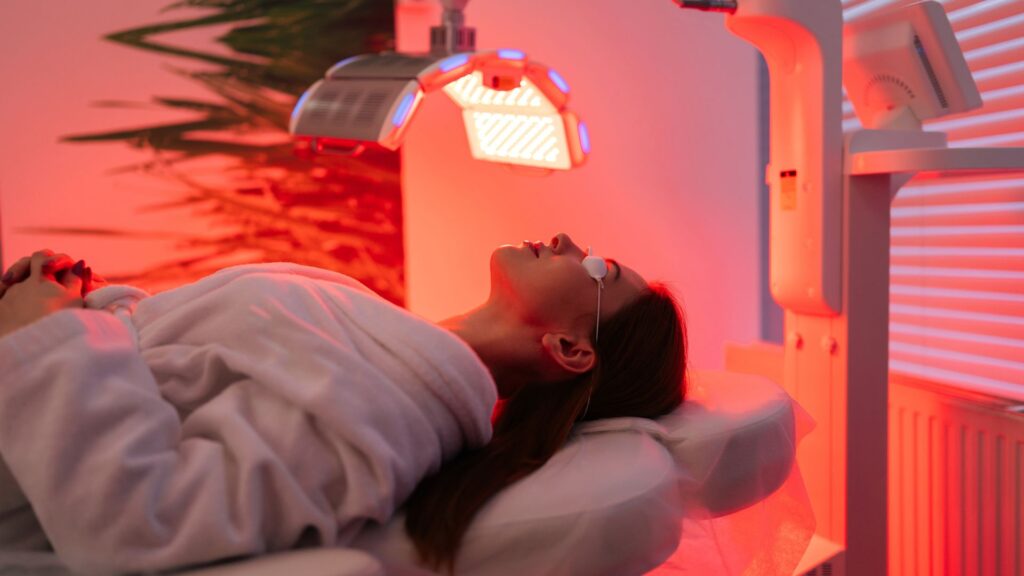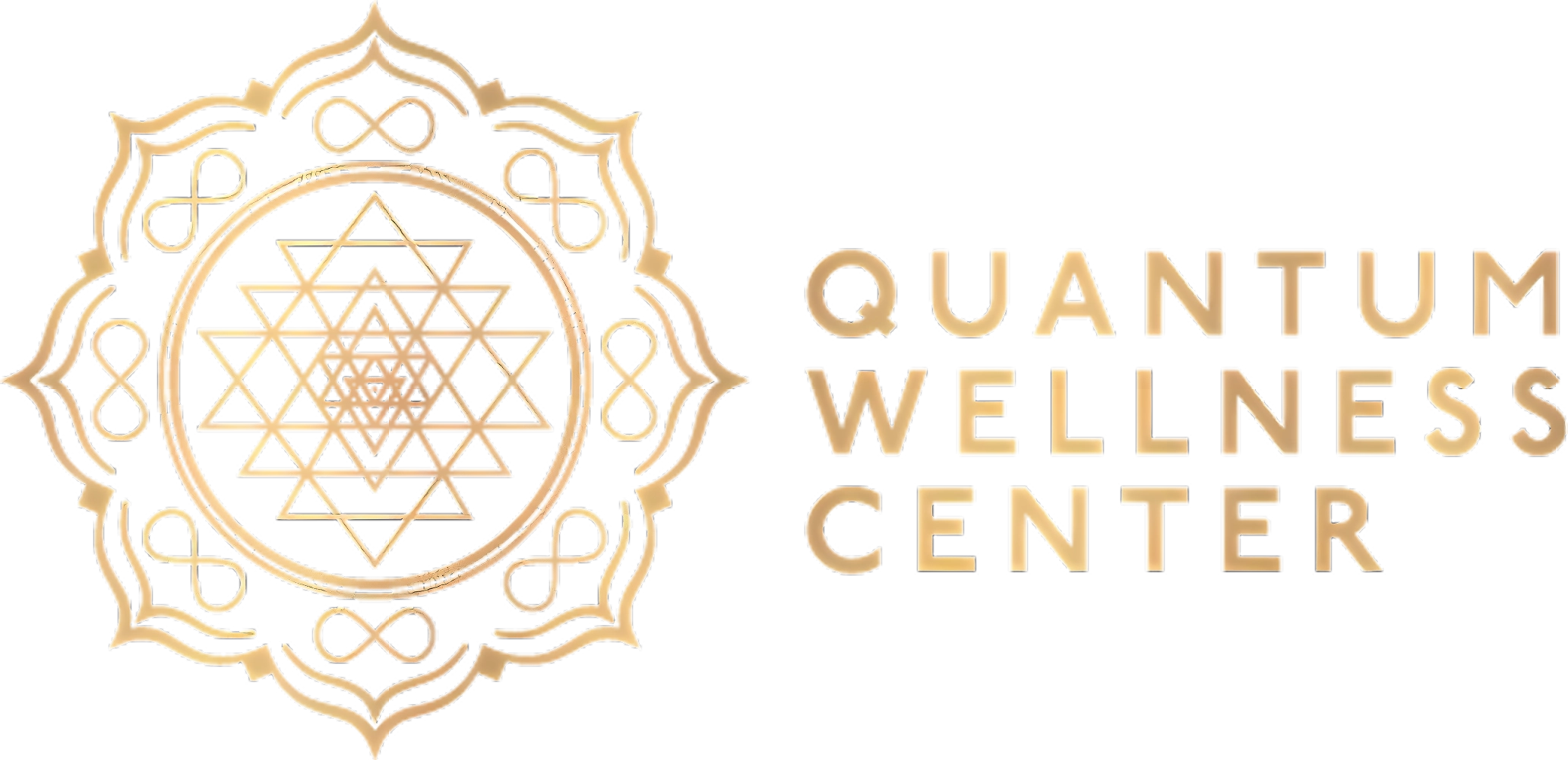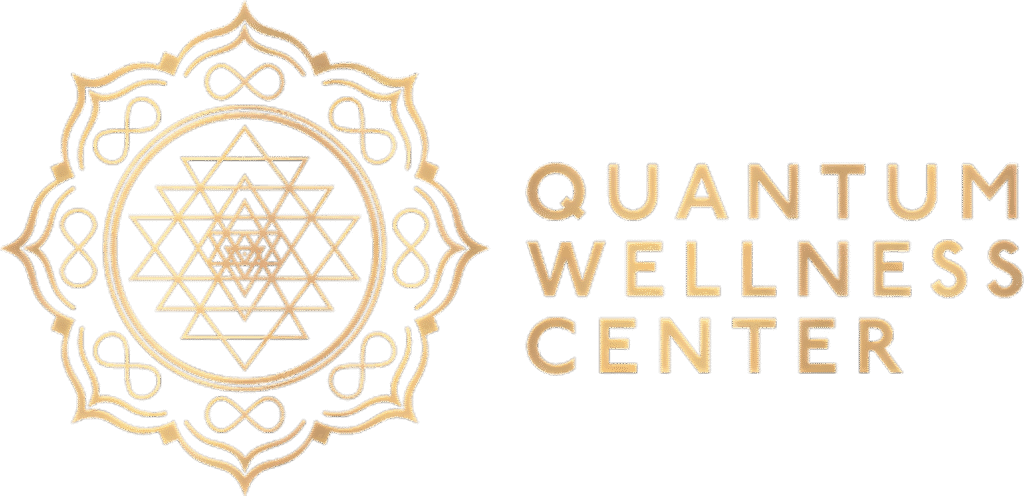Red light therapy has emerged as a popular wellness treatment known for its potential benefits, including improved skin health, reduced inflammation, and enhanced cellular repair. This therapy uses specific wavelengths of red and near-infrared light to penetrate the skin and stimulate healing processes. That’s why many users wonder whether eye protection is necessary during treatment.
This article will explore whether you need eye protection for red light therapy, discuss the safety considerations for your eyes, and provide practical tips to ensure a safe and effective therapy experience.

How Red Light Therapy Works and Its Effects on the Eyes
Red light therapy involves exposure to specific wavelengths of red and infrared light, typically between 600 and 900 nanometers. These wavelengths penetrate the skin and tissues to promote healing and rejuvenation. Unlike UV light or blue light, red and infrared light are generally considered safe for your eyes and skin. However, because the eyes are sensitive to light, especially intense light directly from the light source, eye protection is recommended during red light therapy to prevent discomfort or potential eye strain.
Even with your eyes closed, red and near-infrared light can penetrate the eyelids and reach the eye area. This is why many experts advise caution, especially when using high-intensity red light therapy devices or infrared light therapy that emits deep red or near-infrared wavelengths.
If you’re looking to enhance your wellness, accelerate recovery, or improve your overall health, red light therapy offers a safe and effective solution. Using advanced red and near-infrared light technology, this therapy promotes cellular repair, reduces inflammation, and supports rejuvenation in a comfortable environment.
Potential Risks to Eye Health
While red light therapy is generally safe for your eyes, putting your eyes at risk by staring directly at the light source or using devices without proper safety precautions can lead to eye strain or irritation. Some individuals, particularly those with pre-existing eye conditions or heightened sensitivity to light, may experience discomfort or dry eyes during or after treatment.
There is currently no strong evidence that red light therapy causes permanent damage to the eyes, but prolonged exposure to intense light without eye protection may increase the risk of temporary symptoms such as eye strain, headaches, or dryness. Unlike UV light, red and infrared light wavelengths do not cause the same level of damage, but caution is still advised.
When Should You Use Eye Protection for Red Light Therapy?
You should consider wearing eye protection for red light therapy when using a high-powered device or infrared light therapy that emits intense light, especially if you are close to the light source—within a few inches. It’s also important to protect your eyes if you have sensitive or dry eyes, an existing eye condition, or if you are using a red light therapy mask or device that covers the face but lacks built-in eye protection. Individuals prone to light sensitivity or those taking medications that increase photosensitivity should take extra precautions.
For most users of at-home red light therapy devices with lower intensity, simply keeping your eyes closed during treatment may be sufficient. However, since closed eyelids do not fully block all light, wearing protective goggles or glasses specifically designed for red light therapy can provide additional safety and comfort.

Types of Eye Protection for Red Light Therapy
- Protective goggles designed for red light therapy: These glasses for red light therapy are made to block or filter specific wavelengths of red and infrared light, reducing glare and preventing eye strain.
- Light therapy masks with built-in eye protection: Some masks cover the entire face, including the eyes, providing a convenient way to protect your eyes while receiving full-face treatment.
- Standard sunglasses or blackout goggles: While not specifically designed for red light therapy, these can offer some level of protection but may not filter the specific wavelengths effectively.
- Red light therapy glasses: These are specially designed glasses that allow you to use red light therapy safely without risking eye discomfort or damage.
How to Protect Your Eyes During Red Light Therapy
To ensure a safe and effective red light therapy experience, follow these tips:
- Always wear eye protection such as goggles or glasses designed for red light therapy when recommended.
- If you don’t have eye protection, at least keep your eyes closed during the session to minimize light exposure.
- Avoid staring directly at the light source to reduce the risk of eye strain.
- Limit the duration and intensity of your red light therapy sessions according to manufacturer guidelines.
- Choose devices with adjustable settings and certifications to ensure safety during red light therapy.
- Consult a healthcare professional if you have an eye condition or concerns about eye safety during red light treatments.
Final Thoughts from Quantum Wellness Center
Red light therapy provides many benefits for skin and overall health and is generally safe for your eyes. However, because eyes are sensitive to intense light, using eye protection, such as goggles or glasses designed for red light therapy, is recommended, especially with powerful or near-infrared devices. Keeping your eyes closed and following safety guidelines helps prevent eye strain and ensures a comfortable, effective therapy experience.
Quantum Wellness Center in Sarasota, Florida, offers red light therapy sessions in a luxurious and safe, professional setting, helping you experience the therapy’s full benefits while prioritizing your comfort and eye health.



